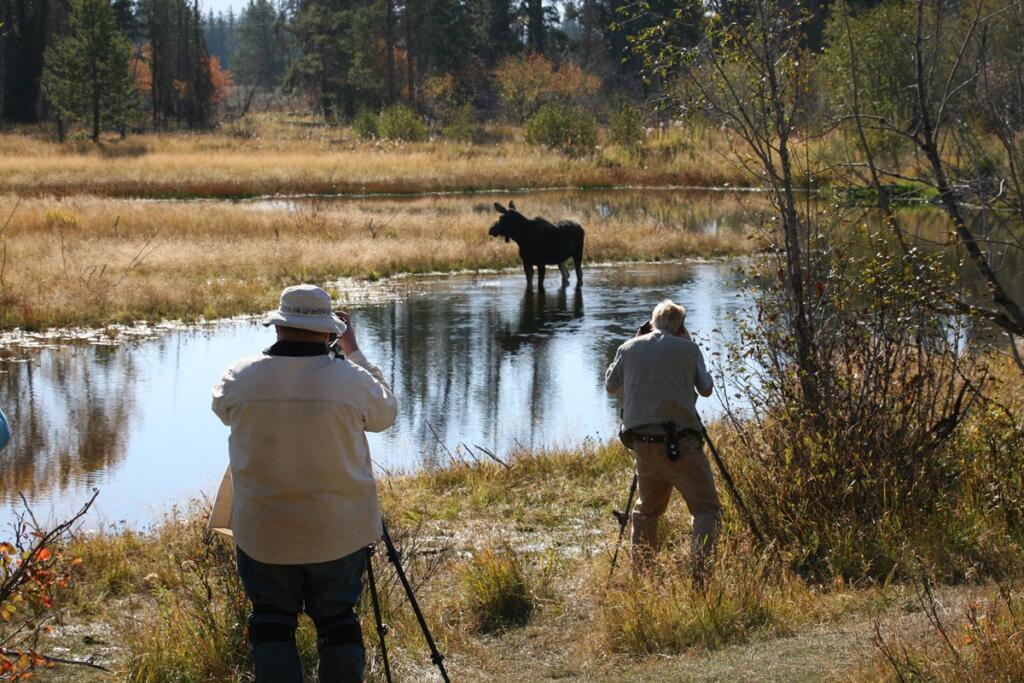
With winter just around the corner, we’re all trying to squeeze in the remaining months of enjoyable weather. In particular, autumn is the perfect time to enjoy the great outdoors at your lake house.
There’s Halloween and Thanksgiving’s seasonal charm, an array of beautiful fall leaves, and there’s exciting wildlife to spot. The next time you’re lounging in an Adirondack chair in your backyard this season, keep an eye out for these creatures!
Squirrels and Chipmunks
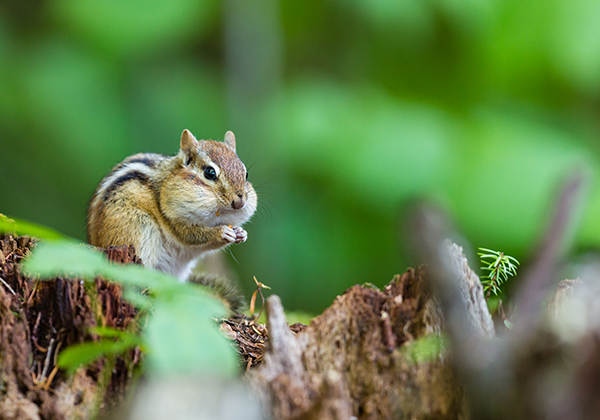
Photo courtesy of eekwi.org.
Perhaps one of the most common creatures you’ll find at your lake house is the squirrel. Squirrels are one of the quintessential animals of fall. They spend the entire season preparing for the long winter ahead. This preparation means “fattening up” and burying acorns all across your property. Once winter hits, you’ll find them digging up the acorns that they stashed in October.
Squirrels have the uncanny ability to smell their buried acorns beneath a foot of snow. What’s in store for the nuts they forget? They’ll eventually become trees in your backyard!
Peregrine Falcons
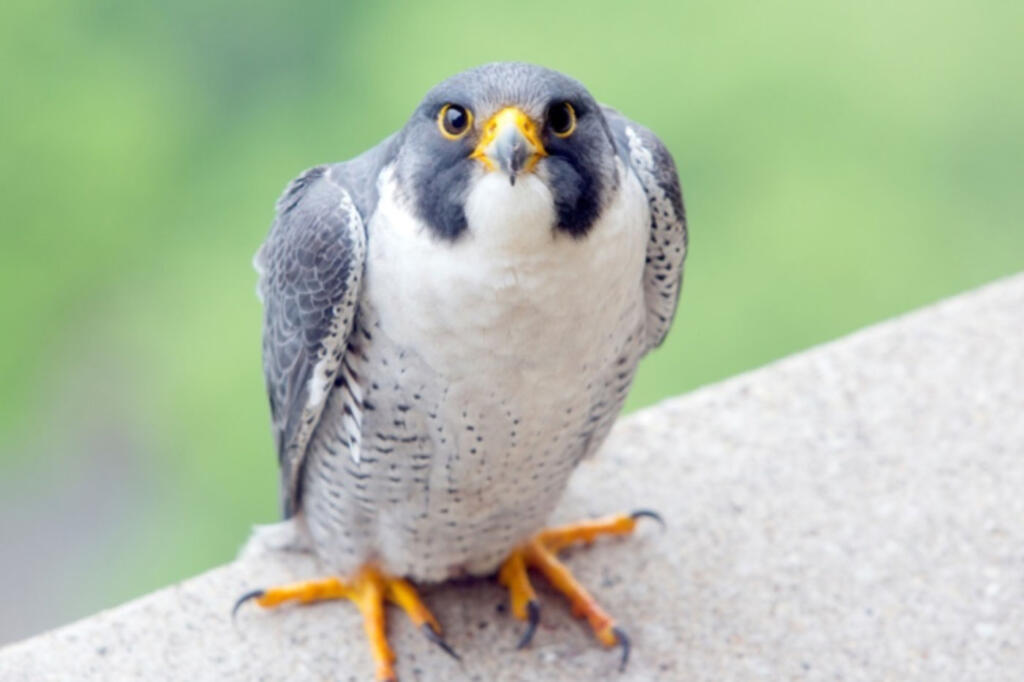
During autumn, spotting wildlife is not too difficult due to the influx of migrating birds heading south for the winter. One migratory species is the Peregrine falcon. Able to fly up to 200 miles per hour, these majestic birds are the fastest animal on earth.
Each fall, Peregrines travel to South America, and typically, they take a short break in South Florida before crossing the Gulf of Mexico on the remainder of their trip. If you own a lake house in the southern U.S., it’s worth making a Florida Keys trip to watch peak migration during October. Make sure to bring your binoculars!
Monarch Butterflies
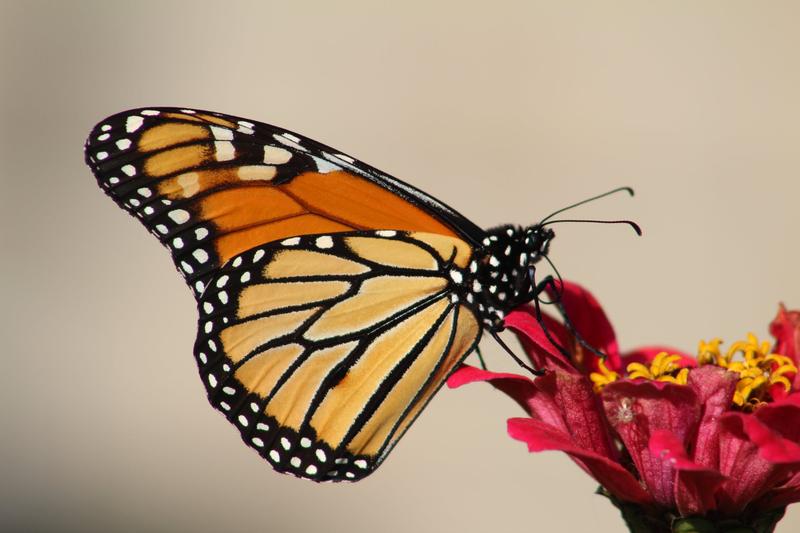
Birds aren’t the only creatures that you’ll find migrating this season. According to the International Union for Conservation and Natural Resources, the monarch butterfly migration northward from Mexico each spring is a “threatened phenomenon.” Despite this endangered state, you’re still likely to spot these stunning butterflies on their journey back to Mexico in October. By November and December, they’ll have settled down, so be sure to enjoy them while you can!
Beavers

One advantage of spotting wildlife on the lake is getting double the possibilities of sightings with land and water creatures. During the fall, you may find adorable families of beavers around the shoreline of your lake or another nearby body of water. More than likely, they’ll be busy gnawing at a tree to build their dams.
It’s no wonder beavers are known as “nature’s engineers” as they’re masterfully skilled at constructing habitats. If you’re lucky enough to spot one, be sure to keep a safe distance. If you notice them slap their tail on the water, it’s a sign you’re too close.
Elk
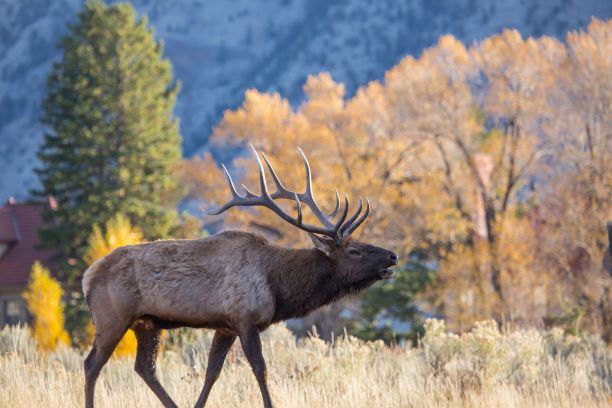
If you own a lake house in the American west, you may be fortunate enough to spot an elk. These massive animals (the largest animal in the deer family) enjoy mountainous areas such as Yellowstone National Park. However, some elk herds have been found in more wooded areas.
If you’re hoping to find an elk during your next outdoor adventure, a piercing bugling noise may reveal this creature’s presence. During the fall mating season, male elk let out these high-pitched calls to attract females. October is part of peak bugling season, so keep your ears open!
Although we are in the midst of a pandemic, it’s provided an optimal time for lake-lovers like us to observe the natural world around us. Spotting wildlife at your lake house is a fun, timely hobby for the whole family. All you need is a camera, a pair of binoculars, and a keen sense of observation!

